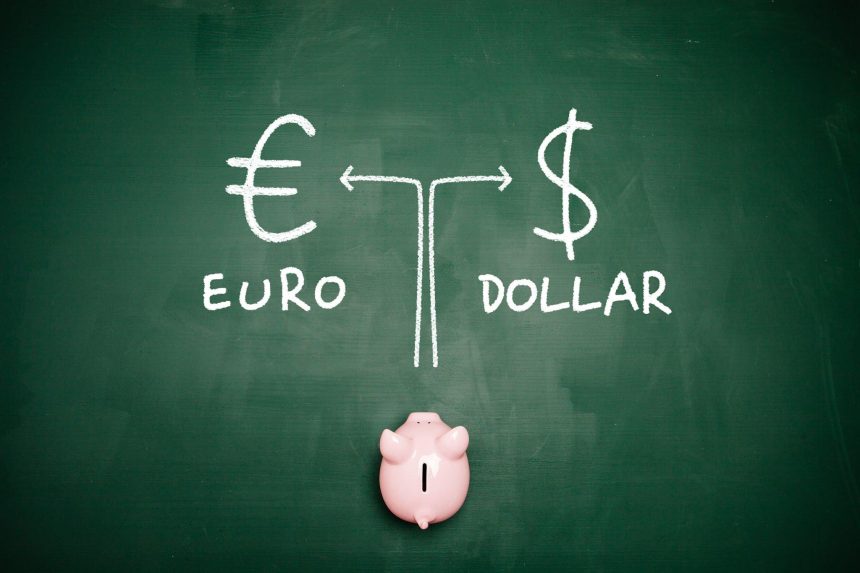EURUSD rises above 1.1100 as signs of a slowdown in US labor demand weigh on the dollar.
On Friday, the EURUSD extended its winning streak for the third straight trading session, trading around a new weekly high of 1.1120. The same currency pair is seeing decent increases due to the US Dollar’s (USD) depreciation. The US Dollar Index (DXY), which tracks the value of the Greenback versus six major currencies, falls further below the The important support of 101.00.
The attraction of the US Dollar has deteriorated with the release earlier this week of the United States (US) JOLTS Job Openings data for July and the ADP Employment data for August, which fueled concerns about deteriorating labor market conditions. Fresh job vacancies and payroll additions in the private sector were 7.67 million and 99K, respectively, the lowest levels in more than three and a half years.
The US ISM Services Purchasing Managers’ Index (PMI) data for August came in higher than expected, but it did not help the US dollar.
Signs of decreasing labor demand fueled market hopes that the Federal Reserve (Fed) would begin cutting interest rates quickly. According to the CME FedWatch tool, the likelihood that the Fed will begin lowering interest rates by 50 Basis points (bps) to 4.75%-5.00% had risen to 41% from 34% a week earlier.
Investors are waiting for the August US NFP report, which will reveal if July’s result was merely a hiccup or the beginning of a more serious downturn.
Investors will look for fresh clues about the interest rate path in August’s US Nonfarm Payrolls (NFP) data. Which will be release at 12:30 GMT. The official employment report expected to indicate that US firms employed 160K job seekers, up from 114K in July. The unemployment rate expected to fall to 4.2% from the previous publication of 4.3%.
Investors will also pay attention to the US Average Hourly Earnings data. Which is a major indicator of wage growth and drives consumer spending. Year-on-year, earnings are estimated to have increased to 3.7% from 3.6% in July. The salary growth measure expected to rise by 0.3% on the month, outpacing the previous growth of 0.2%.
Daily Market movers: EURUSD gains as US Dollar falls.
EURUSD increases on the US dollar’s weakening ahead of the NFP data. The Euro (ECB) has a mixed performance compared to its major rivals because traders are uncertain about the European Central Bank’s (ECB) interest rate path for the rest of this year.
The ECB largely expected to lower interest rates again at its September meeting. The central bank began the policy-easing process in June, but held key borrowing rates steady in July. For the fourth quarter of current year, traders are divided on whether the ECB would cut in the November or December meetings, or both. Bank of America (BofA) economists stated in their most recent Eurozone outlook: “We still see more cuts in 2025/26 than the markets are pricing, with a return to a deposit rate of 2% by 3Q25 (at the latest) and 1.5% in 2026.” According to BofA analysts, the Eurozone recovery remains weak and will likely be shallow, hampered by a number of economic variables, including slower development in China and political considerations.
The two largest economies in the Eurozone provided additional evidence of economic difficulty. Germany’s industrial production decreased 2.4% month on month in July, far above economists’ expectations of a 0.3% decline. In France, industrial output dropped by 0.5%.
Moreover According to a Reuters survey conducted between August 30 and September 5, 85% of economists expect the ECB to decrease interest rates next week and again in December.
The ECB is projected to lower interest rates twice more this year.
Meanwhile, most ECB officials appear to be at ease with market speculation about interest rate decreases while they remain concerned about mounting dangers to Eurozone economic development. Piero Cipollone, an ECB Executive Board member, stated in an interview with a French newspaper this week that “there is a real risk that [the ECB] stance could become too restrictive.”









